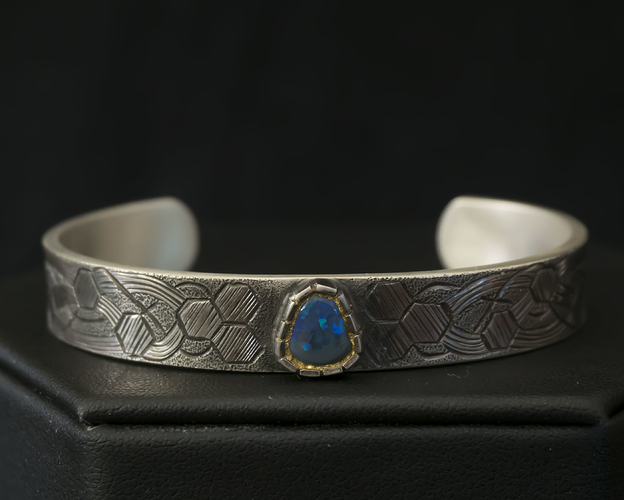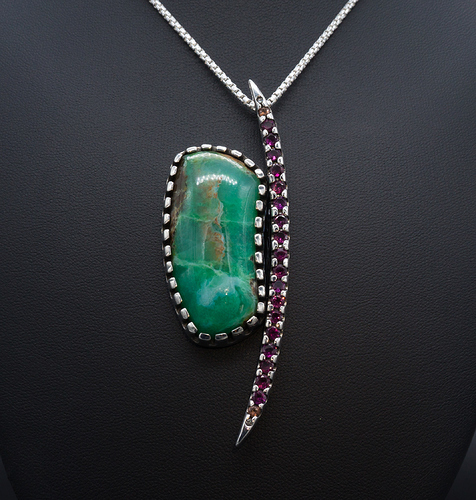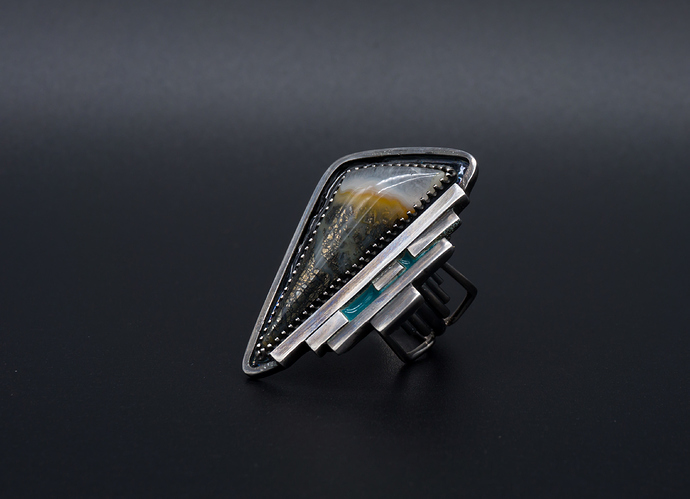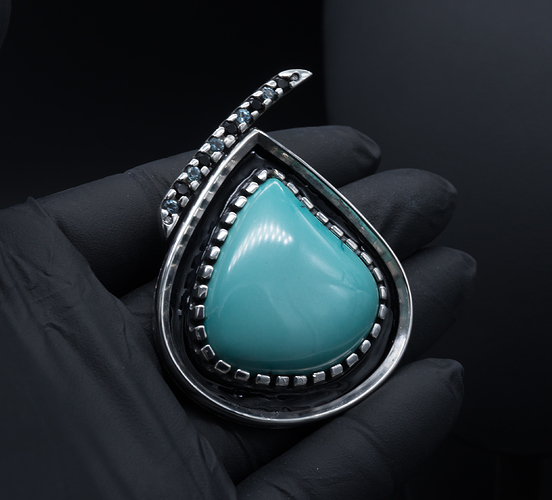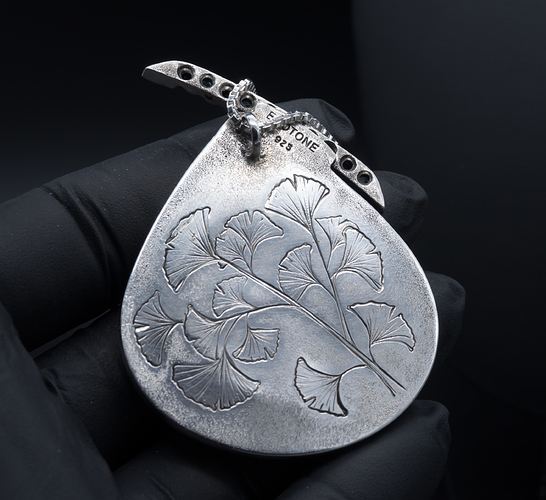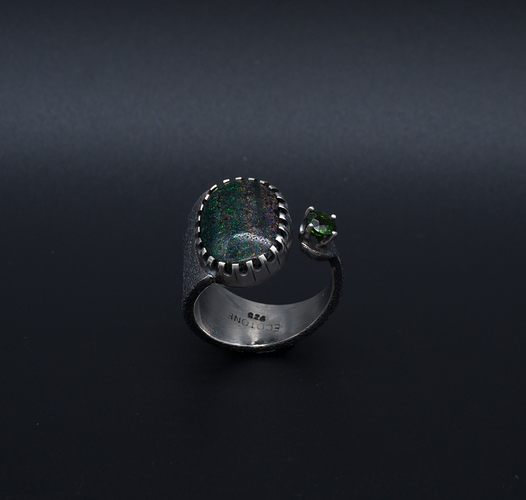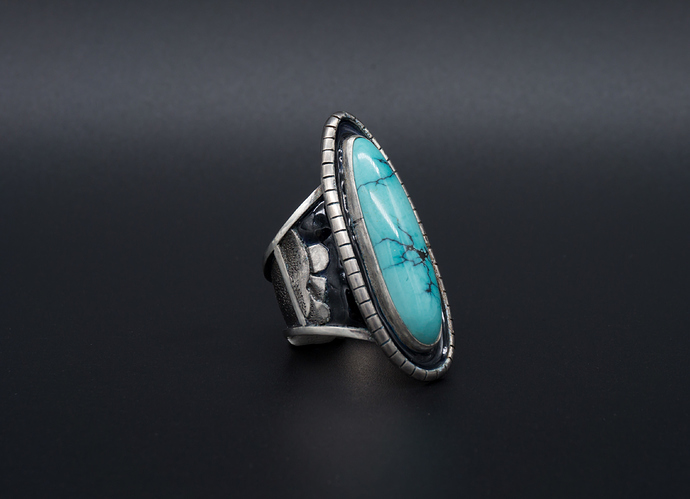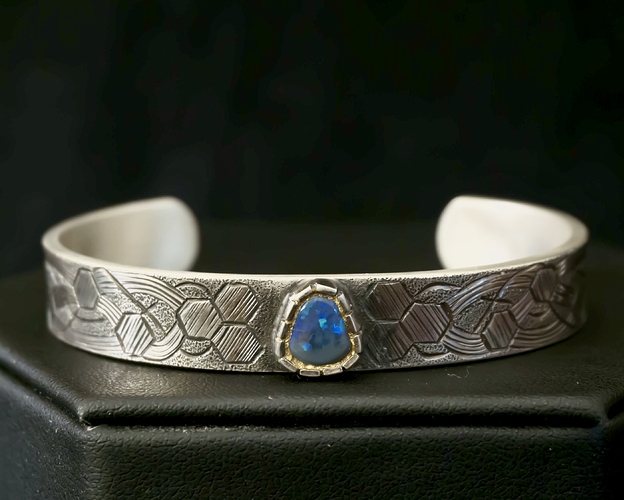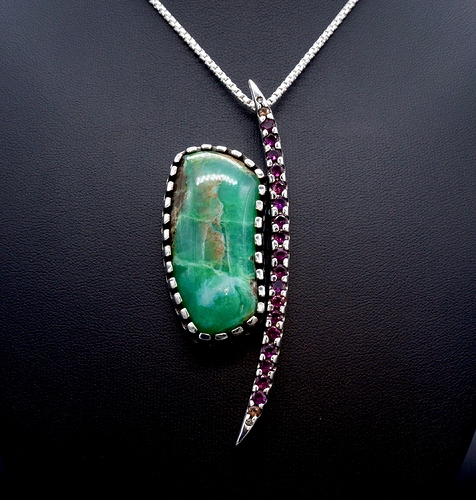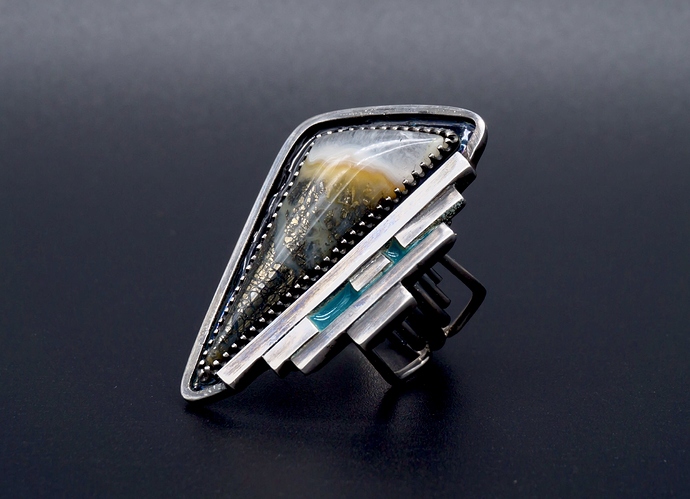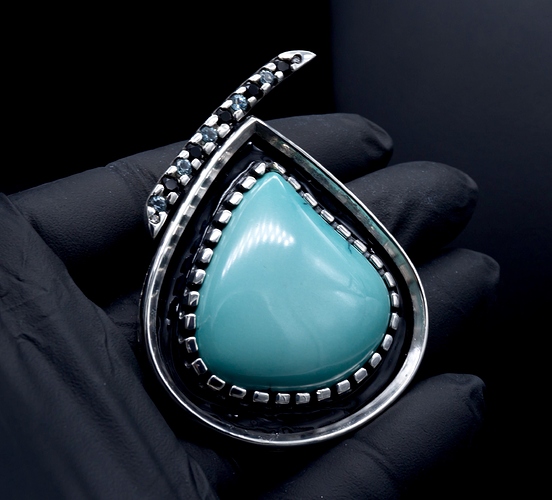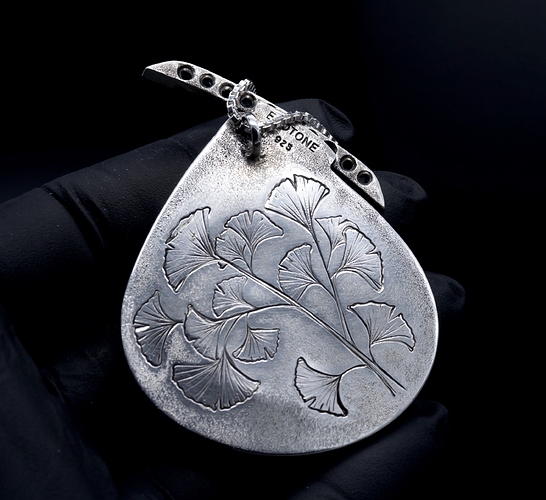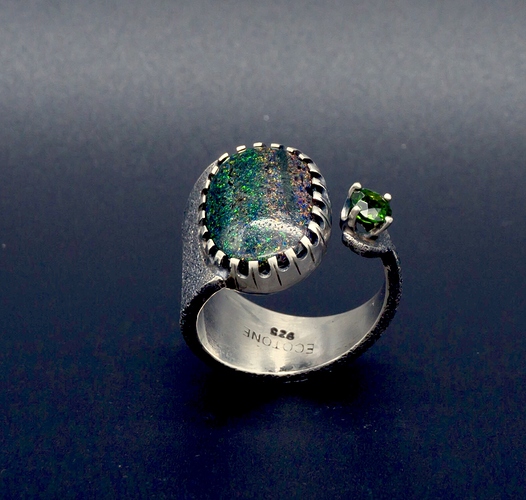Here’s the long form I wrote for Orchid in 2006 so the absolute numbers won’t make sense as to metal price - but the formula works. I hope I can post something this long -
First - I apologize to the real accountants out there. This is a
pricing plan that works for my artistic brain. I have used terms that
have real meaning in accounting because I don't know any better ones
to use. This is a way to get it mostly right when I price my work.
I use three segments to determine wholesale pricing. I call them:
Direct costs, Overhead and Profit. This is an overview on how I go
about figuring a wholesale price. I'm using a fabricated brooch set
with a single cabochon as an example.
DIRECT costs are those that you can directly attribute to this
piece. In this segment is your labor (you do get paid for doing this,
don't you?) and the cost or current value of the materials in the
piece. When you figure labor cost, be realistic about what you are
worth in the marketplace doing this work - not the great salary you
previously got as a computer executive. So in this example, direct
costs for this brooch are 45 minutes labor at $20 per hour - $15,
silver sheet and bezel at $4.65, pin catch, hinge and stem for $0.35
and a cabochon purchased for $10, for a total of $30.
OVERHEAD costs are computed annually and should have these
components:
1. Space - costs for a year of having a space to work in - rent or
mortgage, utilities, insurance, janitorial services, repairs.
2. Marketing - costs for a year - wholesale trade show booth rental,
travel, mailing, photography, website, printing, ads. I have not
included juried art fair booth rental and jury fees because those are
marketing expenses associated with retail sales.
3. Amortization - this is the number that accounts for your bigger
equipment - Add up the value of your shop equipment - flex shaft,
buffer, tumblers, hydraulic press, sand blasting cabinet etc - and
divide by 5. This is a simplistic estimation of the cost of owning
your tools. For this example, all my big tools add up to a value of
$12000. When divided by 5, we get $2400.
4. Supplies - the annual costs of stuff you use up but are not
directly attributable to this particular brooch - solder, compressed
gas, saw blades, burrs, polishing compound, sand paper, etc.
Now this is the tricky part - add together the four components of
overhead. This is your annual overhead. To get it to a number you can
use for this piece, estimate the number of hours you work in your
studio for a year. If you work 8 hour days, 5 days a week, 50 weeks a
year, that number is 2000 hours. I know that only part of the
available hours are spent working directly on product so I use 1000
hours as my number. The other time is distributed to all the other
stuff an independent artist has to do - selling, ordering supplies,
thinking, designing, running to the post office, etc.
In this example - Space is $8000, Marketing is $5000, Amortization
is $2400, Supplies are $3000. So overhead is $18400 annually and when
divided by the number of hours in the studio (1000) is $18.40 per
hour.
PROFIT is the reward for having your own business, and to allow you
to take classes, send your kids to school, buy new equipment, retire,
etc. I figure profit as one third of the cost of wholesale. So I
compute profit as half of Direct cost plus Overhead. This number is
not your salary - that's in the DIRECT cost computed above.
In this example - the wholesale cost of this brooch is calculated
this way:
DIRECT: $30,
OVERHEAD: 0.75 hours x $18.40 = $13.80,
PROFIT = ($30 + 13.80)/2 = $21.90
WHOLESALE = $30 + $13.80 + $21.90 = $65.70
Retail prices are usually double or more, so a retailer would price
this brooch for sale at about $135. You can make a living with this
kind of pricing. If you are pricing your work at material costs plus
some kind of mark up - and omitting your own labor- this brooch would
be priced at $45. Unless you are independently wealthy, you can't
afford that simplistic pricing.
These are some things that I do to make these calculations
relatively easy. I have made a spread sheet that shows manufacturing
costs for commonly used metal products - sheet and wire by size in
silver and gold. It computes my cost of a foot of wire or square inch
of a particular gauge based on current market prices. When I do my
taxes, it is easy to extract the dollar amounts for overhead, and I
only need to do it once a year.
Here is a fun calculation to make - If you want to show a profit of
$10,000 this year, what would your sales number be? You need to book
$30,000 in sales.
For even more fun - you can work the equations above backwards. The
proof is left to the reader.
Judy Hoch
Marstal Smithy
judy@marstal.com
